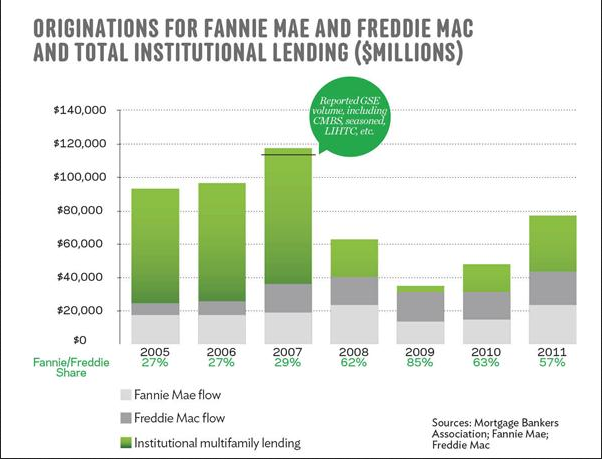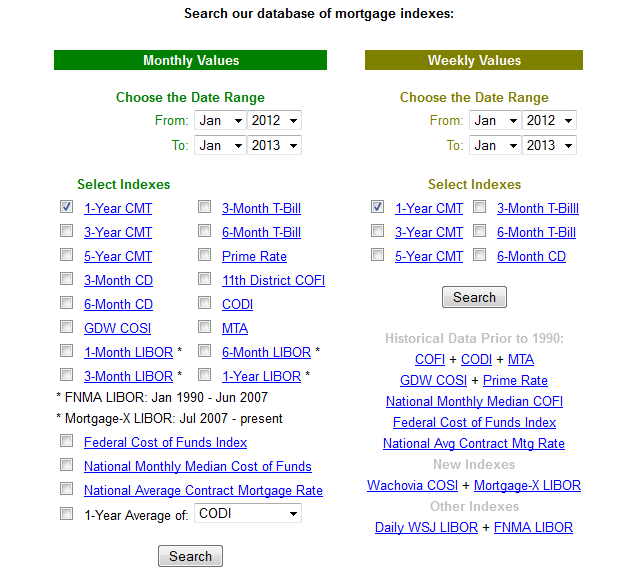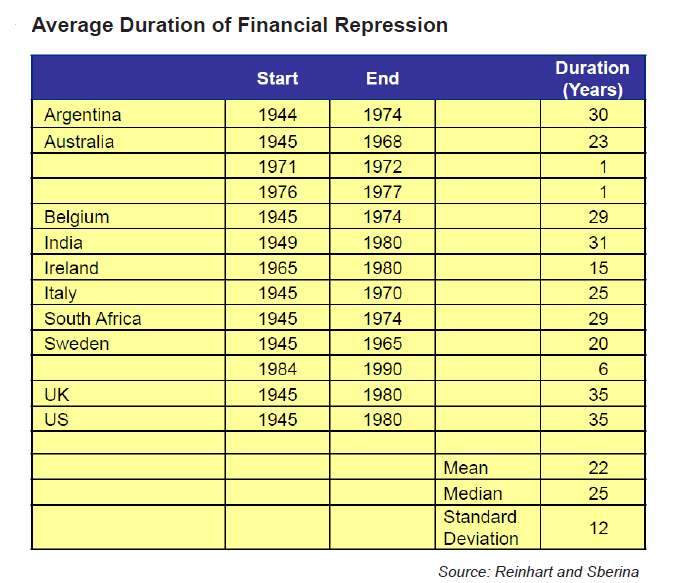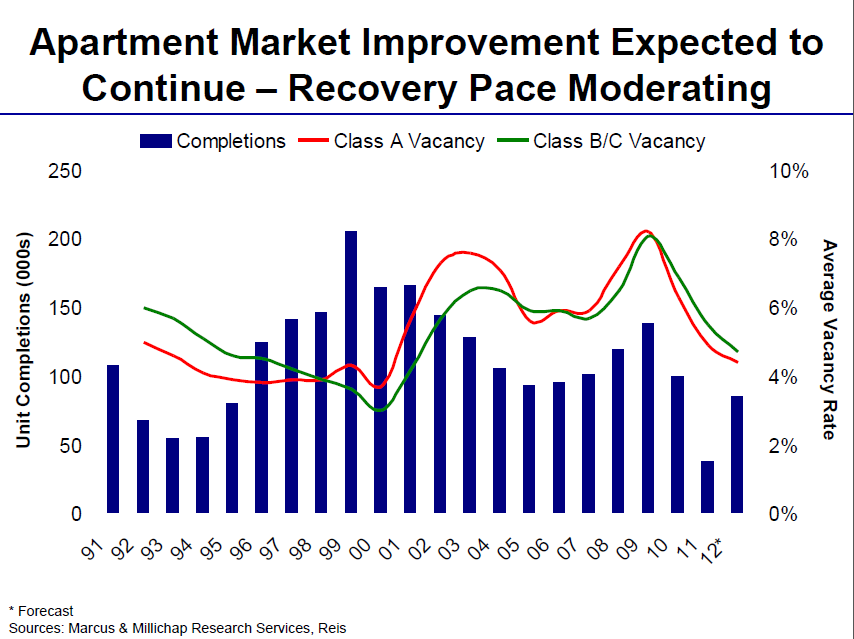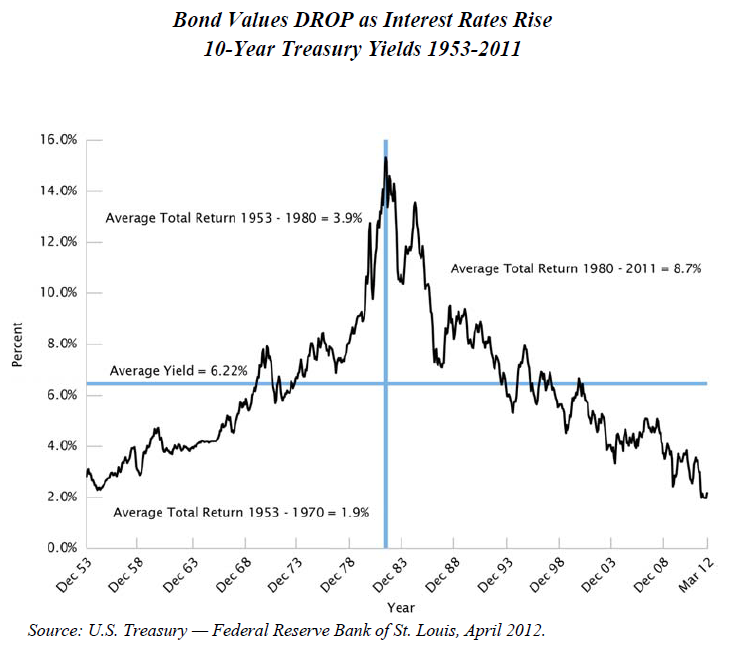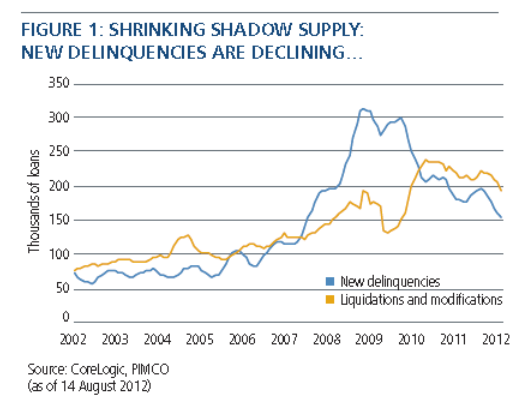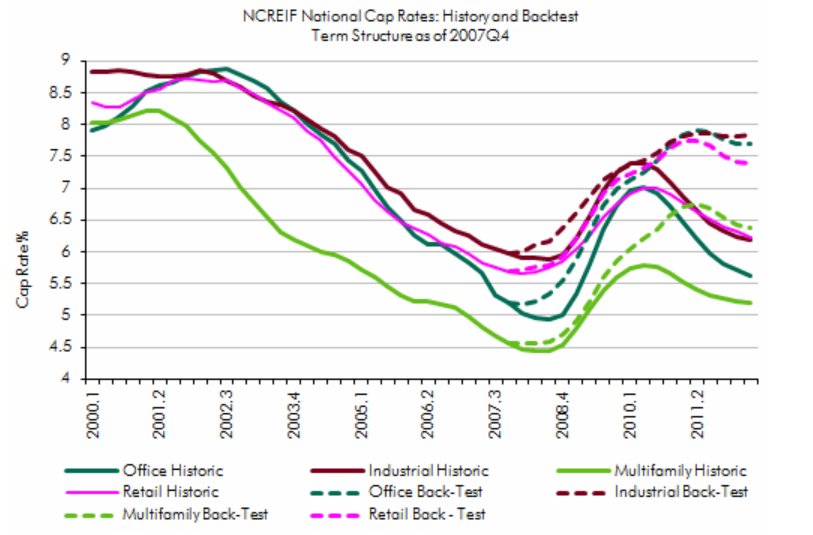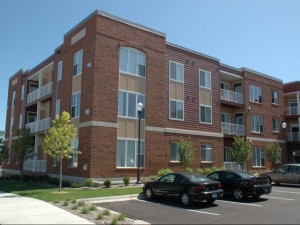Tom Barrack was on CNBC last week to talk about real estate with the traders. Great TB quote to open the show: “It’s always great to be the slowest guy on Fast Money”. There’s more wisdom in that statement than any of the show’s regulars understood.
A couple bullet points but definitely worth watching the video. The link on the image below goes to the Colony website where they edited the three segments together (commercial free too):
- Housing [of all types] is the best opportunity. Today there might be a Fed bubble but there isn’t a housing bubble.
- The rise in interest rates while not big and still low historically speaking, will hit entry level housing. 100bp (basis point, where 100bp = 1%) rise in interest rates will cost a borrower an extra $150+/- a month on their mortgage payment for a $200,000 home. That will keep more people renting.
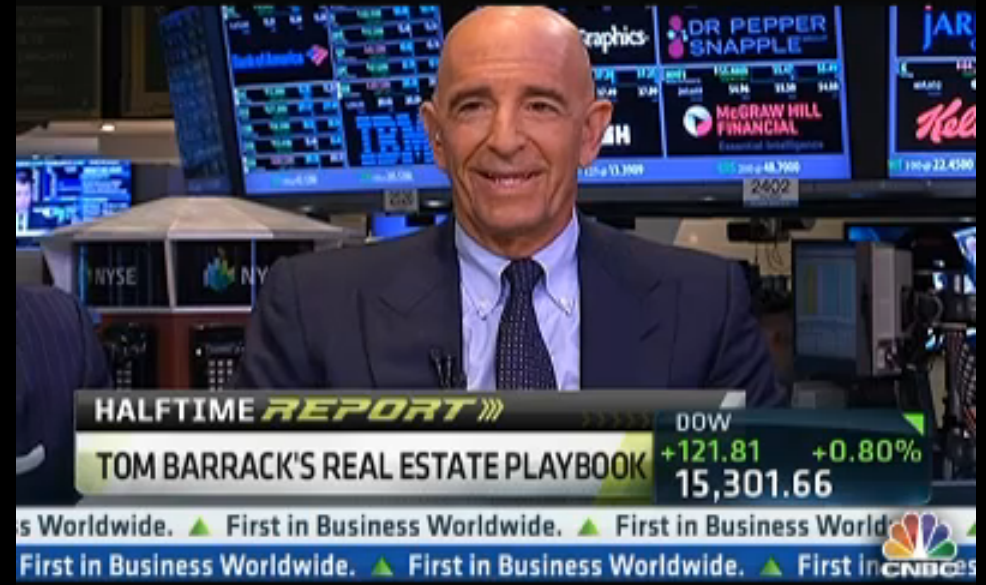
- Tom says the amount of pent up demand for new homes, existing homes, rentals and apartments is Continue reading Apartment Building, Commercial and Residential Real Estate state of the market video from Tom Barrack of Colony.
